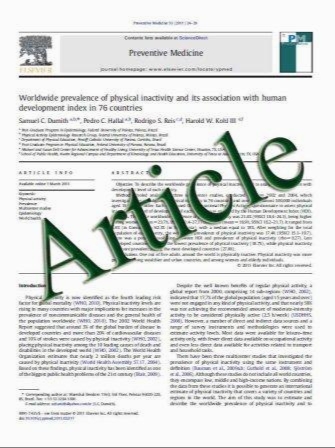Optimizing treatment strategies in paediatric atypical hemolytic uremic syndrome
- نوع فایل : کتاب
- زبان : انگلیسی
- مؤلف : Aoife Waters
- چاپ و سال / کشور: 2011
Description
The letter by Davin and colleagues in this issue of Pediatric Nephrology on the long-term efficacy of plasma therapy (PT) in atypical haemolytic uraemic syndrome (aHUS) is timely with the advent of an open-label, multi-centre clinical trial addressing the role of eculizumab in paediatric aHUS [1]. Almost 15 years have passed since a genetic locus for familial aHUS was mapped to the RCA gene cluster at chromosome 1q32. Mutations in complement pathway components now account for about 60% of aHUS cases, with mutations in complement factor H (CFH) accounting for 30% of cases. Reports such as that published herein and others [1, reviewed in 2] highlight the poor prognosis of complement-mediated aHUS with rapid progression to end-stage renal disease in the absence of treatment. Following transplantation, disease recurrence has been reported to occur in 80–100% of renal allograft recipients depending on the underlying complement defect. Prior to the discovery of complement pathway dysregulation in aHUS, it was independently observed that PT may have a beneficial role in aHUS. Administration of PT has been rationalised as a mode of treatment for aHUS patients on the basis that replacement of deficient plasma-based factors and/or removal of mutant and ineffective complement regulators by plasma exchange (PEX) should restore complement homeostasis. Published treatment strategies have varied significantly with respect to the initiation of treatment and onset of HUS, whether modalities involved plasma infusion (PI) or PEX alone or a combination of both, whether volume replacement in the context of PEX consisted of albumin or fresh frozen plasma (FFP) and, finally, the duration and frequency involved. PEX is favoured as the initial modality of choice as it allows the delivery of higher quantities of FFP (up to 40–60 ml/kg per session) whilst avoiding hypervolaemia with consequent hypertension, cardiac failure and hyperproteinaemia than if PI were administered three times weekly at 10–20 ml/kg per session. While guidelines have recently been proposed for the initial management of aHUS, a paucity of guidelines exist for the longer term management of aHUS cases.
Pediatr Nephrol DOI 10.1007/s00467-011-1930-x Received: 21 April 2011 / Accepted: 21 April 2011


